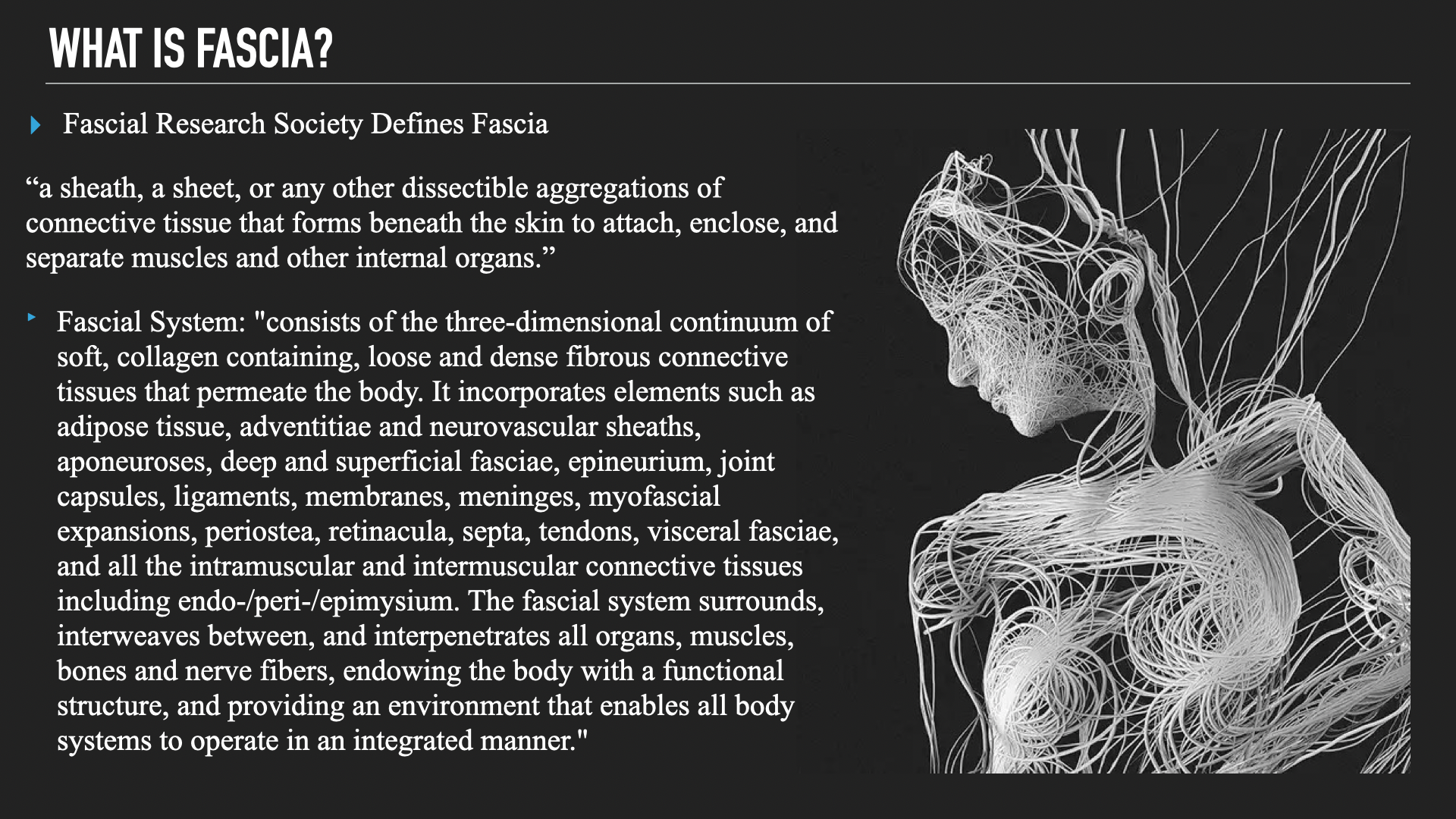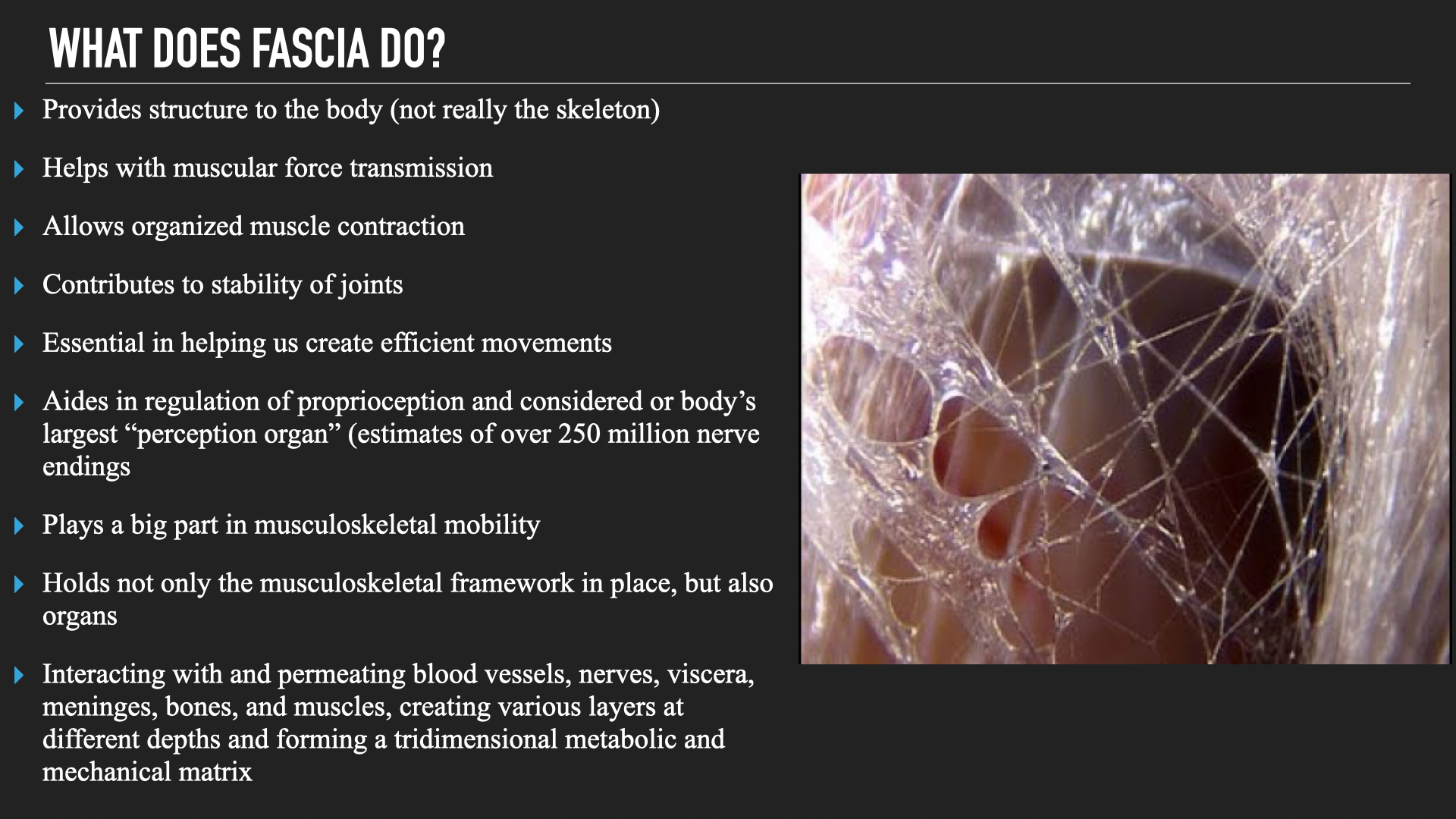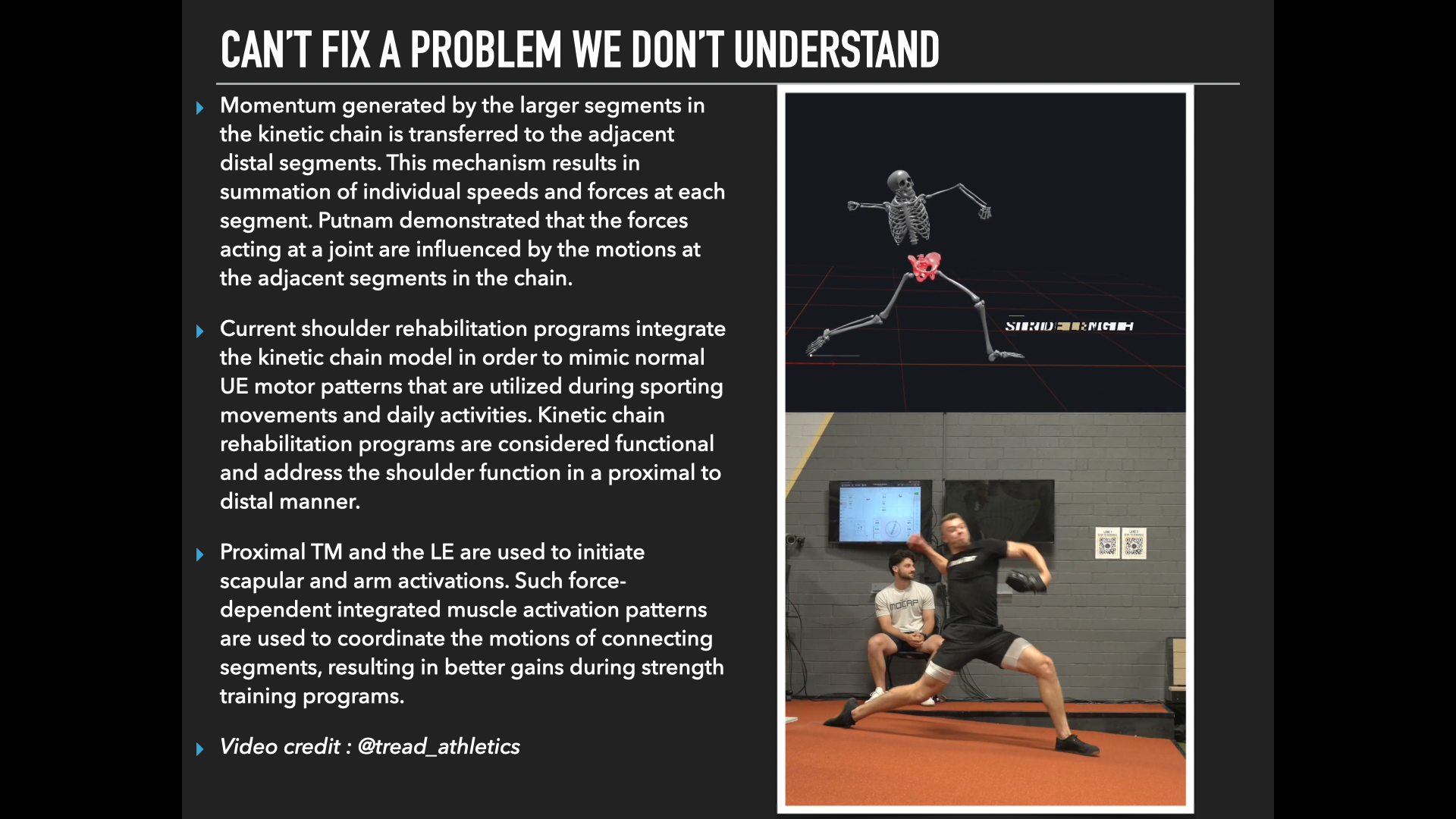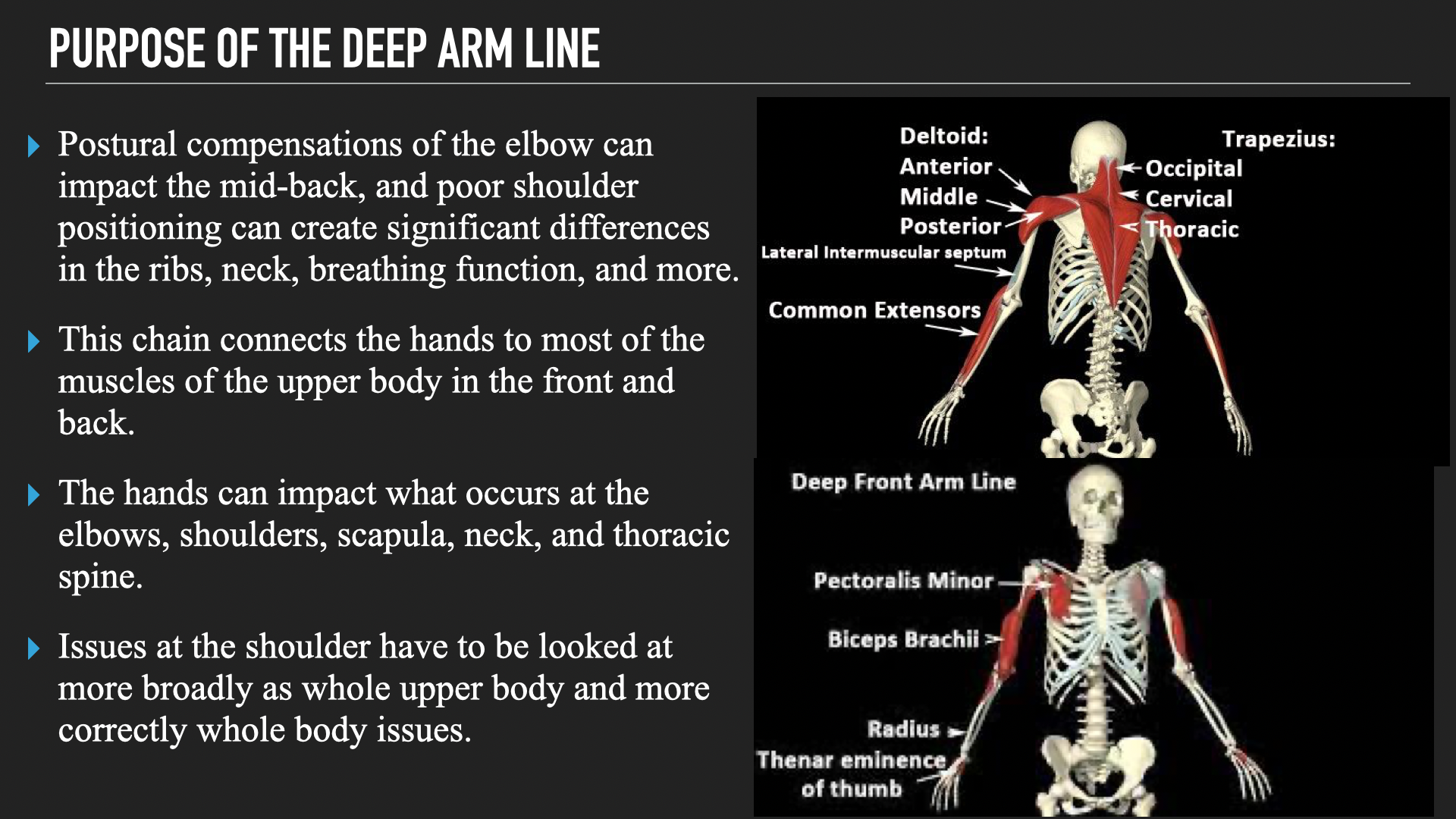Want To Fix Shoulder Pain? Then You Gotta Know Fascia!
2024-09-5
It gets people mad, like I am talking CRAZY MAD! You would have thought I insulted their family, religion, even said something nasty about their pet. This is how many people on social media react when I show a diagram like the one below in many of our posts…

HONESTLY, it NEVER dawned on me that such an image could create such outrage from people. If I took all the screenshots of personal attacks people made in response to such an image it would take the rest of this blog. There is a good side of having done work on the internet for almost 25 years now. For one, I’ve learned not to take a lot seriously, second, I am able to take a step back and wonder what made someone so upset about something that is meant to be just about education?
My best effort has led me to that people have to believe what they know now is the truth of everything. We all know change is hard for people and thinking that we don’t know it all, especially if we feel really proud about something like our knowledge on fitness and the body, then it can feel like our whole world is being attacked. I think I am pretty close on this theory, but even though I can understand it, I don’t really relate to it.
Especially in the early years of my career (I still do it today, just differently) I was SO excited to go to educational courses. Not because I wanted to get what I knew reaffirmed, I wanted to learn what I was missing so I could do a better job as a coach for my clients. Learning a new idea that challenged my old ones, never made me angry, I was always intrigued to learn more. Especially because I knew that my job as a coach was to provide the absolute BEST exercise prescriptions to my clients as possible.
I can’t tell you how many times I thought (more so when I was younger) that I had it ALL figured out to inevitably learn something new that almost felt like a 180. It can be jarring at first, but if we go with the mindset of being open skeptics (I want to show you there is evidence behind different ideas) then we learn better solutions. Ultimately, whether we are training for ourselves or helping others, that should be the goal right?
Yes, I know that was the long way of getting to today’s post on how and why understanding fascia is critical in helping shoulder pain. However, you could see why I shared it because if what I am about to explain to you runs in conflict to what you think is the answer, I hope you at least stay open to how we can better help others and even ourselves.
Fascia Helps Our Body Be Connected
I did it for a long time too! Your shoulder bothers you and hurts, let’s strengthen all the muscles around the shoulder and make sure we stretch tight muscles. Seems logical until you see that you either make extremely slow progress (that you can be sure is just time in letting something heal) or not much progress at all. This is how I often felt until I learned why fascia was so important in understanding the real causes of shoulder pain.
How so?
Fascia is connective tissue the creates a “web” throughout our body. The best way to think of fascia is looking at your favorite sweater. If you saw a thread coming off of your sweater and pulled on it, the whole sweater is impacted right? That is kinda what fascia does for your entire body.

For a very long time, doctors didn’t even think fascia was that important, but over time that has significantly changed. As we have learned how fascia is the means in which chains of our body are created, that greatly alters how we see what happens at one area that seems unrelated, can impact another. We have also learned that fascia has more nerve endings than even skin which makes it a BIG part of how we move our body through space as well as sensations we experience like pain.

Why your shoulder can be lacking mobility is not just from the joint (which is why I don’t like the term joint mobility because it confuses people), but fascia probably plays a much bigger part. When we don’t move enough, have an injury, create too much repetitive movement, and/or have chronic inflammation, the structure of our fascia is altered that can lead to both a lack of mobility in common areas like the shoulder, but also lead to more experiences of pain as well. So, when we stretch, for example, we are probably working more on the fascia than actually even the muscle.
Even more staggering is that when we understand fascia we can see that what looks to be unrelated areas of the body are actually the root causes of issues of our shoulder pain. For example, our feet, hips, and core can impact what happens at our shoulder as research has really mapped out.

We also see that things like winging scapula and issues at our elbow, shoulder, even neck and core can be impacted by our hands.

This has SO many implications in how we address shoulder pain more intelligently. Like what?
When we stretch, instead of just attacking the shoulder, we should be use our core, our hips, and even down to our feet with a lot of movements.
It also means for working on more strength, stability, and learning how to connect the body more effectively we want to focus on drills that use the hands, feet, hips, and core with our shoulder. This means working from classic core stability exercises but looking differently at them to using diagonal patterns that enhance these fascial connections as we show below…
When we understand how the body actually works, we can be excited that we can accomplish so much more! Learning about fascia is part of a MUCH bigger world of strength, stability, mobility, and even conditioning in our workouts. The goal is to make our training so much more efficient and effective.
Don’t miss our special shoulder package of 3 DVRT programs that will help you hit all aspects of better upper body strength and mobility. Save 35% with code “special35” HERE for this week only!
View this post on Instagram
View this post on Instagram
© 2026 Ultimate Sandbag Training. Site by Jennifer Web Design.







